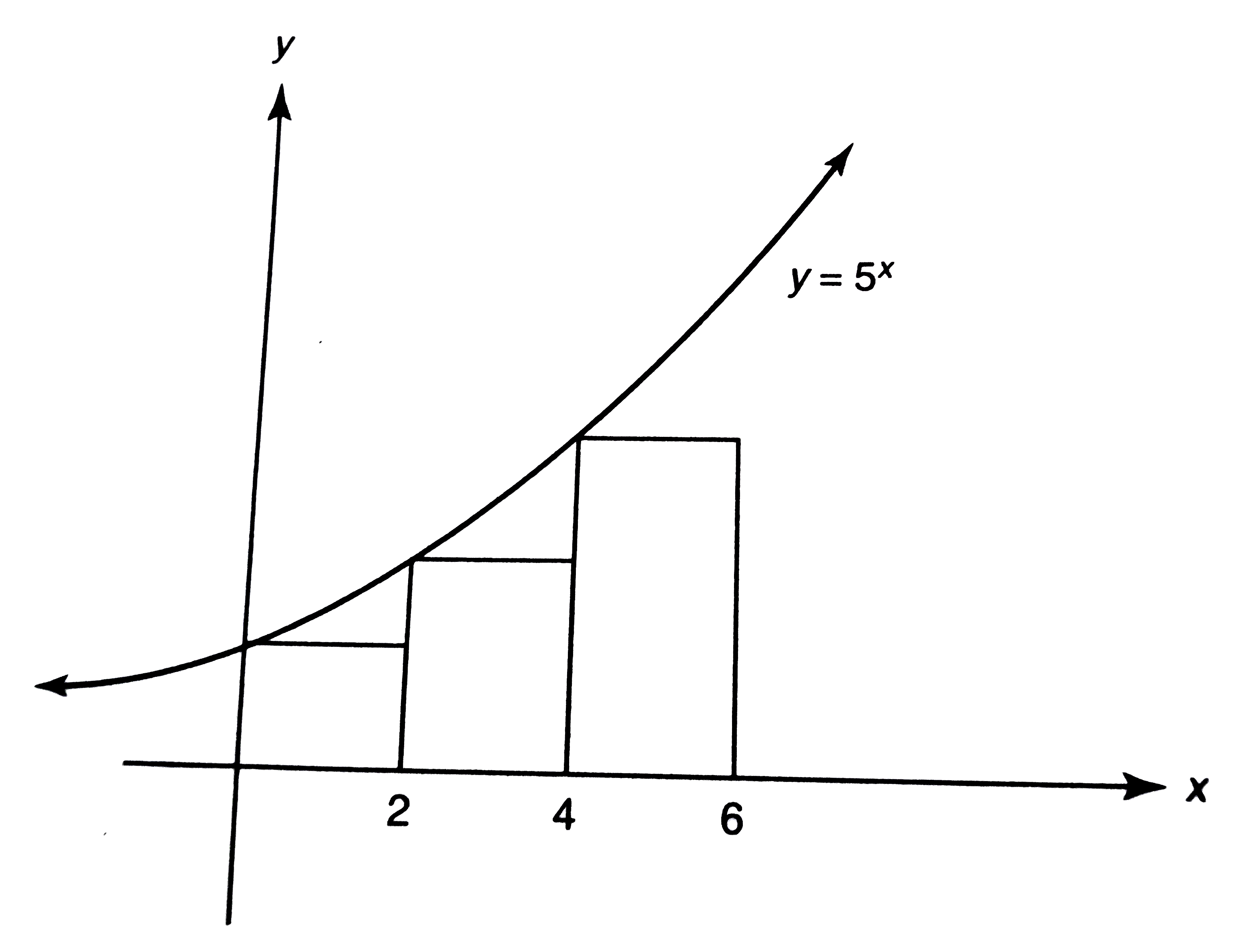If f(x)=x−42√x, then f'(4) is equal to
The correct Answer is:1/4
To find f′(4) for the function f(x)=x−42√x, we will use the quotient rule for differentiation. The quotient rule states that if you have a function in the form of uv, then its derivative is given by:
ddx(uv)=vdudx−udvdxv2
Step 1: Identify u and v
In our case:
- u=x−4
- v=2√x
Step 2: Differentiate u and v
Now we differentiate u and v:
- dudx=1
- To differentiate v=2√x, we use the chain rule:
dvdx=2⋅12√x⋅ddx(x)=1√x
Step 3: Apply the Quotient Rule
Now we can apply the quotient rule:
f′(x)=vdudx−udvdxv2
Substituting u, v, dudx, and dvdx:
f′(x)=(2√x)(1)−(x−4)(1√x)(2√x)2
Step 4: Simplify the Expression
Now we simplify the expression:
f′(x)=2√x−x−4√x4x
To combine the terms in the numerator, we can write:
f′(x)=2√x⋅√x−(x−4)4x=2x−x+44x=x+44x
Step 5: Evaluate at x=4
Now we need to find f′(4):
f′(4)=4+44⋅4=816=12
Final Answer
Thus, f′(4)=12.
---
In our case:
- u=x−4
- v=2√x
Now we differentiate u and v:
- dudx=1
- To differentiate v=2√x, we use the chain rule:
dvdx=2⋅12√x⋅ddx(x)=1√x
Now we can apply the quotient rule:
f′(x)=vdudx−udvdxv2
Substituting u, v, dudx, and dvdx:
f′(x)=(2√x)(1)−(x−4)(1√x)(2√x)2
Now we simplify the expression:
f′(x)=2√x−x−4√x4x
To combine the terms in the numerator, we can write:
f′(x)=2√x⋅√x−(x−4)4x=2x−x+44x=x+44x
Now we need to find f′(4):
f′(4)=4+44⋅4=816=12
Thus, f′(4)=12.
Topper's Solved these Questions
- LIMITS AND DERIVATIVESBOOK - NAGEEN PRAKASHAN ENGLISHCHAPTER - LIMITS AND DERIVATIVESEXERCISE - EX-13G
10 Videos
- LIMITS AND DERIVATIVESBOOK - NAGEEN PRAKASHAN ENGLISHCHAPTER - LIMITS AND DERIVATIVESEXERCISE - EX-13H
10 Videos
- LIMITS AND DERIVATIVESBOOK - NAGEEN PRAKASHAN ENGLISHCHAPTER - LIMITS AND DERIVATIVESEXERCISE - EX-13E
22 Videos
- INTRODUCTION OF THREE DIMENSIONAL GEOMETRYBOOK - NAGEEN PRAKASHAN ENGLISHCHAPTER - INTRODUCTION OF THREE DIMENSIONAL GEOMETRYEXERCISE - Miscellaneous Exercise
6 Videos
- LINEAR INEQUALITIESBOOK - NAGEEN PRAKASHAN ENGLISHCHAPTER - LINEAR INEQUALITIESEXERCISE - MISCELLANEOUS EXERCISE
14 Videos
Similar Questions
Knowledge Check
If f(x)=2−3cosxsinx, then f'(π4) is equal to
A2√2−6B6−2√2C3−√2D√2−3If f(x) = x√x , then f(√2)=
 A1.4B1.5C1.6D2.0
A1.4B1.5C1.6D2.0
If f(x)=|cosx|, then f'(π4) is equal to …….
View SolutionIf f(x)=2x+2−x2 , then f(x+y)f(x−y) is equals to (a) 12{f(2x)+f(2y)} (b) 12{f(2x)−f(2y)} (c) 14{f(2x)+f(2y)} 14{f(2x)−f(2y)}
View SolutionIf f(x)=|cosx|, then f'(π4) is equal to "……."
View SolutionIf f(x)=|cosx−sinx|, then f'(π4) is equal to
View SolutionIf f(3x−43x+4)=x+2, then ∫ f(x)dx is equal to
View SolutionIf f(x+y)=2f(x)f(y) for all x,y where f'(0)=3 and f(4)=2, then f'(4) is equal to
View Solution
